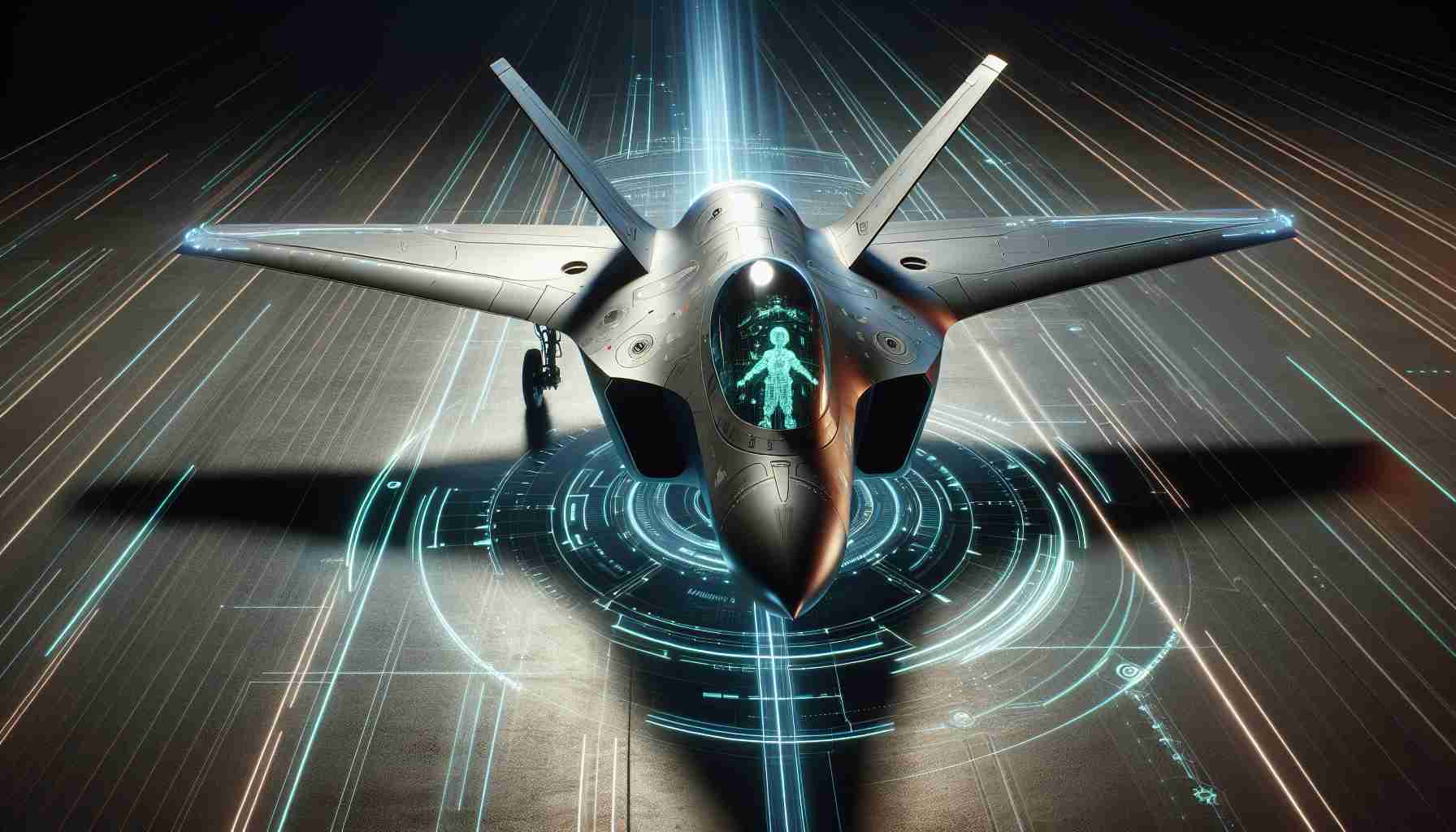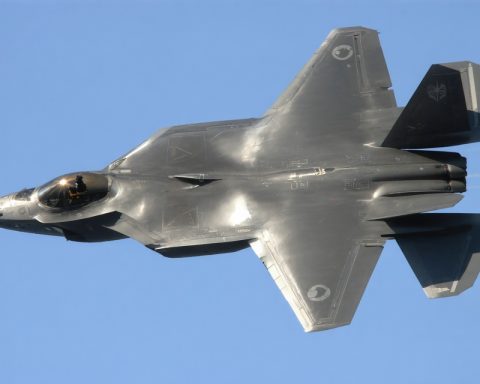The evolution of military aviation is undergoing a transformative shift, with autonomous technology poised to redefine the battlefield. As nations race to integrate artificial intelligence into their fleets, the concept of AI-powered military aircraft is no longer a futuristic dream but an impending reality.
Emerging Technologies: Defense contractors and tech companies are developing state-of-the-art algorithms that enable aircraft to execute complex maneuvers and missions without human intervention. These AI systems can process data at lightning speed, allowing for instantaneous decision-making in high-pressure combat scenarios. This technological leap is expected to enhance mission efficiency and reduce the risk to human pilots.
Advantages on the Horizon: AI-piloted military aircraft promise unparalleled advantages, from autonomous drones capable of undertaking reconnaissance missions in hostile territories to smart fighter jets that can adapt to dynamic threats. By removing human limitations, such as fatigue and emotional bias, these machines could revolutionize strategies and tactics used in warfare.
Challenges and Considerations: While the potential benefits are enticing, there are also significant ethical and security challenges. Ensuring that AI systems adhere to international warfare laws and can withstand cyber-attacks are paramount concerns. Moreover, the question of accountability in the event of system failures or unintended actions remains unresolved.
The Road Ahead: As the intersection of AI and military aviation accelerates, global defense establishments must navigate this new frontier carefully. The development of policy frameworks and international cooperation will be crucial to harness the power of AI responsibly and ethically in military aircraft. The future of air warfare is being reshaped, with AI as the copilot steering humanity into uncharted skies.
Unveiling the Future of AI in Military Aviation: Opportunities and Challenges
The field of military aviation is rapidly evolving with the integration of artificial intelligence, promising to revolutionize current combat strategies. As AI becomes essential in modernizing military fleets, its implications span various facets, including technology, security, and ethical considerations. Here’s a comprehensive look at the new dimensions AI is adding to military aviation.
Emerging Trends in AI Military Aviation
One of the most significant trends is the incorporation of sophisticated algorithms allowing for fully autonomous flight. This innovation enhances operational efficiency by facilitating real-time data analysis and decision-making capabilities. These AI systems are engineered to handle complex scenarios instinctively, elevating the role of unmanned aerial vehicles (UAVs) and autonomous drones in surveillance, reconnaissance, and combat missions.
Key Features of AI-Piloted Aircraft
AI-powered military aircraft come equipped with features that enable autonomous navigation, threat detection, and adaptive mission management. They possess the capability to learn and improve from each mission, ensuring better strategic responses in the future. Additionally, these aircraft can function in swarms, providing a strategic advantage through coordinated and synchronized operations, which is a game-changer in modern warfare.
Pros and Cons of AI in Military Aviation
Pros:
– Reduced Human Risk: AI eliminates the need for a human presence in dangerous combat situations, thereby preventing potential casualties.
– Enhanced Decision Making: AI systems process information faster than humans, improving decision accuracy and response times.
– Operational Efficiency: By reducing human error and fatigue, AI improves mission outcomes and resource utilization.
Cons:
– Ethical Dilemmas: Determining the legality and morality of autonomous systems in warfare remains challenging.
– Security Vulnerabilities: AI systems are prone to cyber threats, requiring robust safeguards to prevent exploitation.
– Accountability Issues: Attributing responsibility for AI actions in unintended consequences is complex.
Security Aspects and Innovations
With advancements in AI-driven aviation, cybersecurity is paramount. Tech companies are developing advanced encryption and defense protocols to safeguard AI systems against cyber-attacks. Innovations in secure communication channels and AI system integrity checks are being emphasized to ensure operational security and resilience against threats.
Comparisons with Traditional Military Aviation
AI military aviation offers enhanced adaptability and efficiency compared to traditional aircraft. While conventional aircraft rely on human pilots and decision-making, AI-driven aircraft provide higher precision and rapid adaptability to unforeseen combat conditions. However, traditional aircraft still hold a significant advantage in terms of established operational reliability and legal clarity in engagement protocols.
Predictions and Future Directions
The trajectory of AI in military aviation predicts a future where collaborative human-machine operations become standard. Nations are expected to invest heavily in AI research and development, fostering advances in AI ethics, international policy frameworks, and pilot training programs adapted for AI technologies.
The future of military aviation, driven by AI innovations, offers unprecedented opportunities to redefine air combat. However, its adoption demands balanced consideration of ethical standards, technological reliability, and international cooperation to unlock its full potential responsibly.
For more insights and developments in military technology, visit Defense News.











